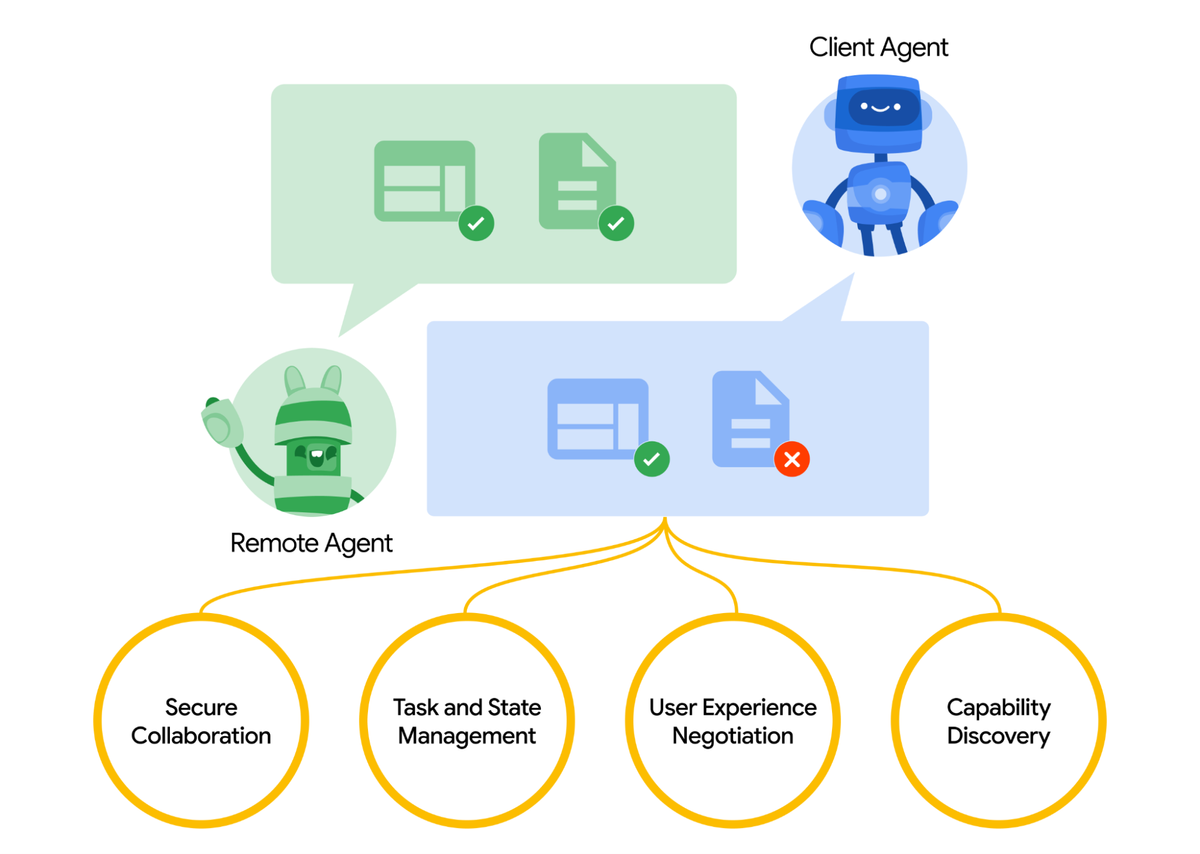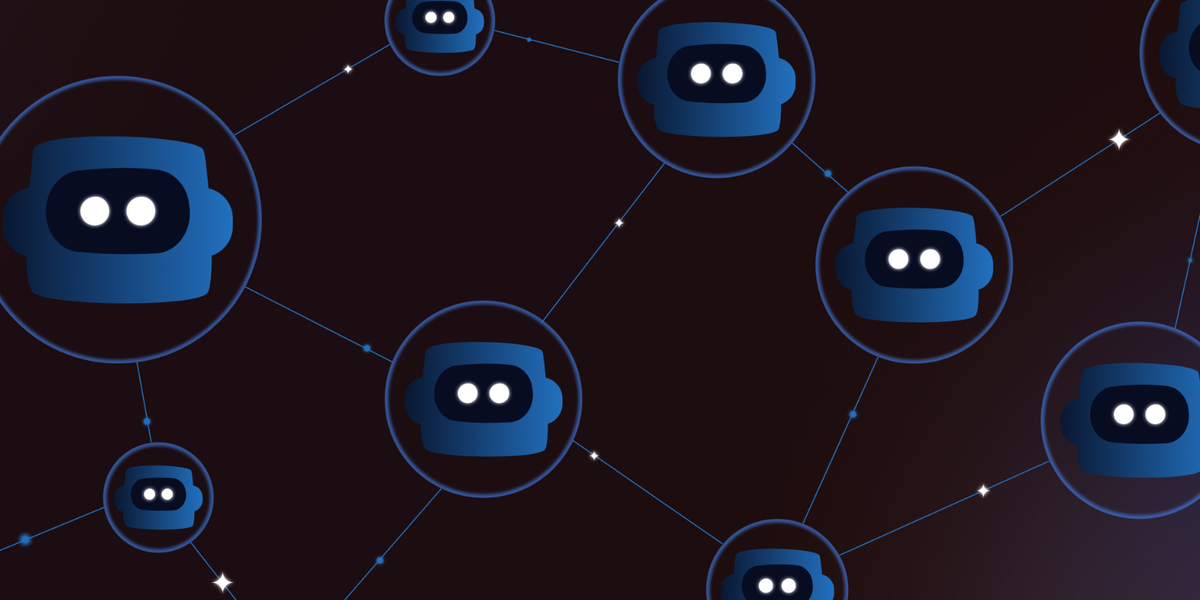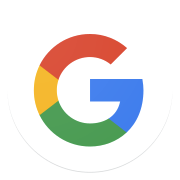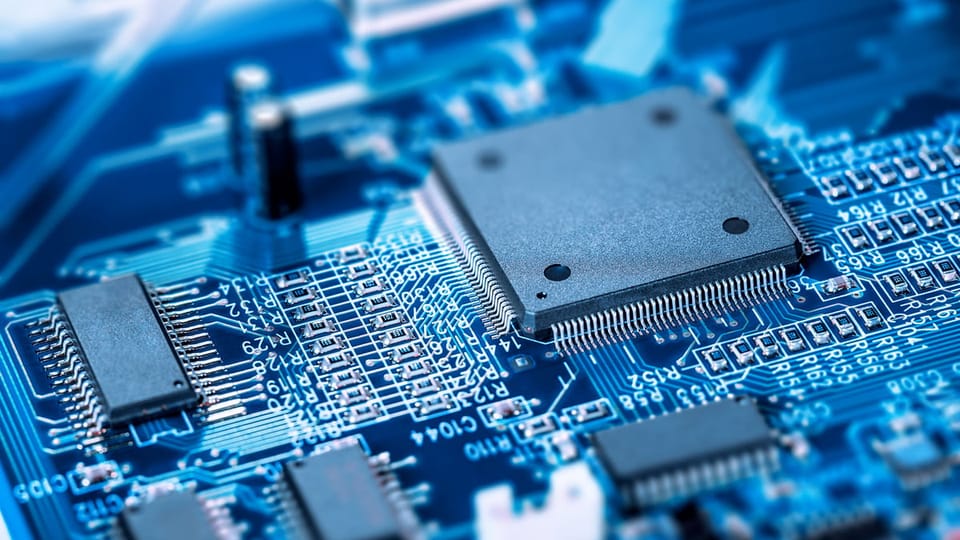Google A2A protocol: Agents can now do teamwork!

AI agents have established themselves as valuable resources that help companies to automate complex tasks and optimize routine processes. The new Google A2A (Agent2Agent) protocol represents a new milestone in the development of these agents, as it simplifies interoperability between different agents. This is particularly relevant as companies often work with different, isolated systems and coordination between them is often a challenge.
The A2A protocol, recently developed by Google, aims to standardize communication between AI agents (similar to what MCP does with agents and tools). With the support of more than 50 well-known technology partners, such as Atlassian, PayPal and Salesforce, the protocol provides a platform on which agents can exchange information and coordinate actions together. This universal interoperability could become essential to realize the full benefits of AI agents and to effectively tackle emerging complex challenges.
A key aspect of the A2A protocol is its openness, which allows developers to create agents that can easily interact with other agents, regardless of the underlying technology. The protocol only supports secure communication channels and ensures that all transactions comply with the highest security standards. By implementing existing standards such as HTTP and JSON-RPC, integration into existing systems is made even easier.
Google itself defines 4 key capabilities:
- Capability discovery: Aagent can announce their capabilities via an "agent card" in JSON format so that other agents can find the right partner for a task.
- Task management: Communication between agents revolves around tasks with a defined life cycle and leads to the creation of an "artifact".
- Collaboration: Agents exchange messages to convey contexts, responses, artifacts or user instructions.
- User experience negotiation: Messages consist of "parts" with specific content types to negotiate the appropriate format based on UI capabilities (e.g. video, iframes, forms, etc.).
The introduction of the A2A protocol could significantly increase productivity. One concrete example is the recruitment process, in which an AI agent identifies suitable candidates in a focused manner and simultaneously integrates other agents to support the selection of applicants. Such scenarios show how important it is for agents to be able to operate across system boundaries.
However, there are also concerns about dependence on standardized protocols. The diversity of needs in different industries and business sectors could lead to an oversupply of specific requirements that cannot always be covered by a single protocol. I think the protocol is an important step in the right direction, but the development must not stop here
In summary, the Google A2A protocol is a significant step towards more efficiency and flexibility in the use of AI agents. It enables seamless collaboration and hopefully a simplification of many complex processes in companies. Only time will tell how well this initiative is received and whether it can actually deliver the promised benefits.
Sources:






